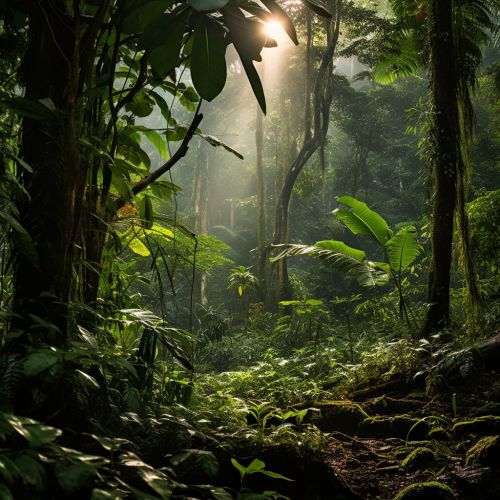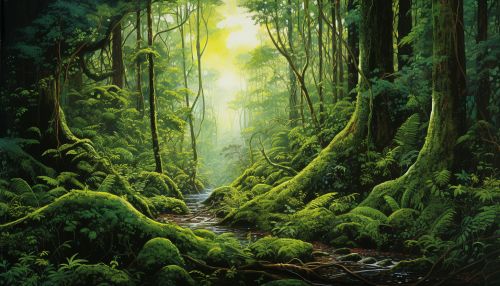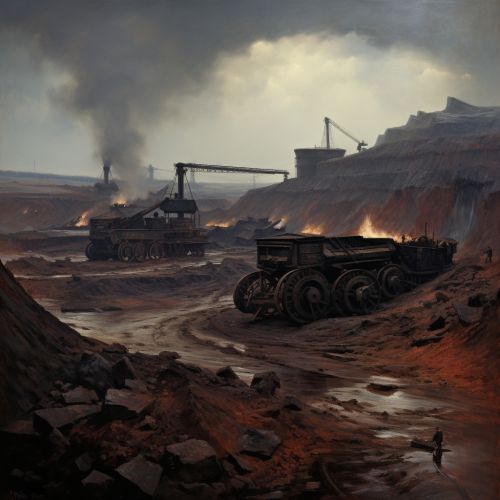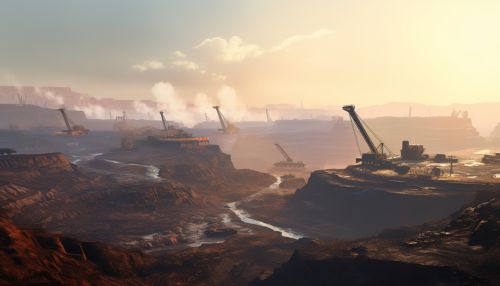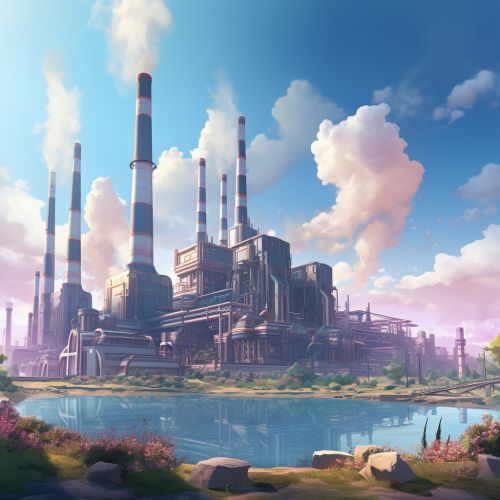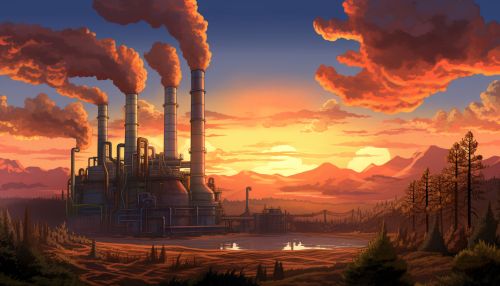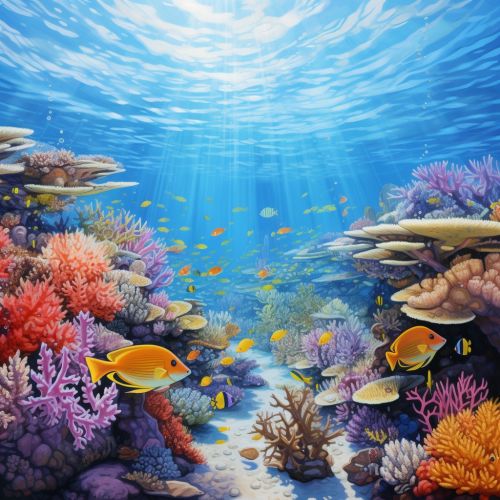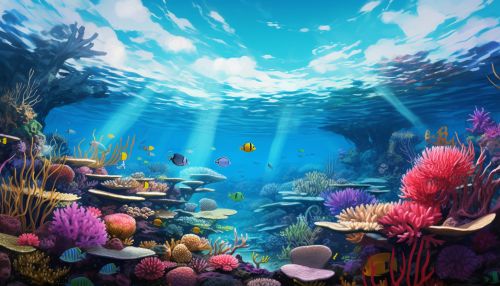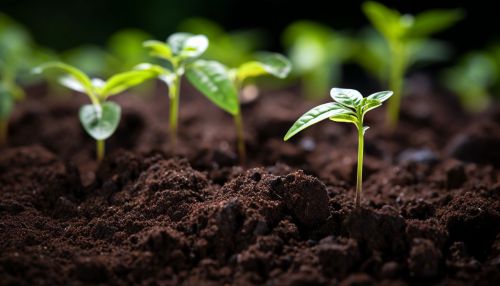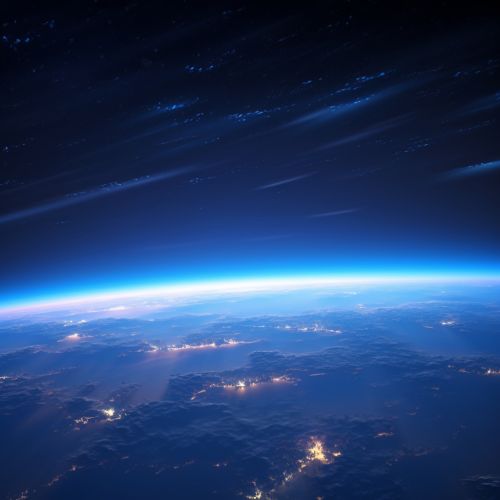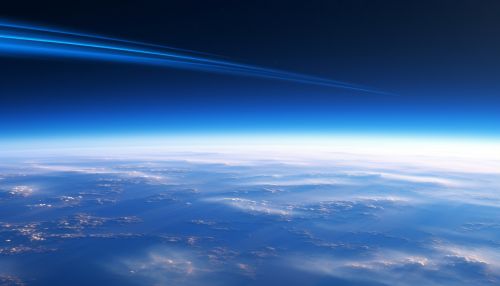Carbon Cycle
Introduction
The Carbon Cycle is a complex series of processes through which all of the carbon atoms in existence rotate. The same carbon atoms in your body today have been used in countless other molecules since time began. The wood burned just a few decades ago could have produced carbon dioxide which through photosynthesis became part of a plant. When you eat that plant, the same carbon from the wood is now in you. Despite the vast number of carbon transactions that occur, the total amount of carbon on the earth remains constant. Where the carbon is, is what changes over time. Some processes happen over millions of years, others over just a few years. Scientists describe the cycle in terms of reservoirs (places where carbon is stored) and flows (the movement of carbon from one reservoir to another).
The Carbon Cycle
The carbon cycle can be divided into two categories: the geological, which operates over hundreds of millions of years, and the biological – physical, which operates daily and seasonally. The geological carbon cycle incorporates carbon in rock and petroleum deposits, while the biological – physical cycle involves life processes and atmospheric carbon dioxide. The two cycles operate at different rates.
Geological Carbon Cycle
The geological carbon cycle begins with carbon dioxide in the atmosphere. Carbon dioxide is absorbed by rain and falls to the Earth's surface. Once on the ground, the carbon combines with other elements to form carbonate rocks. These rocks are eventually uplifted to the surface through the process of plate tectonics. Once at the surface, weathering processes break down the rocks, releasing the carbon back into the atmosphere as carbon dioxide. This cycle takes hundreds of millions of years to complete.
Biological – Physical Carbon Cycle
The biological – physical carbon cycle is much faster than the geological cycle. This cycle begins with photosynthetic organisms, such as plants and phytoplankton, which convert carbon dioxide and sunlight into oxygen and glucose through the process of photosynthesis. These organisms are then eaten by animals, which respire, returning carbon dioxide to the atmosphere. When these organisms die, their bodies decompose, releasing the carbon stored in their tissues back into the atmosphere as carbon dioxide. This cycle can take anywhere from a few days to a few years to complete.
Carbon Reservoirs
Carbon reservoirs are areas where carbon is stored. The four main carbon reservoirs on Earth are the atmosphere, the terrestrial biosphere (which includes land plants and soils), the oceans, and the sediments (including fossil fuels). The carbon moves from one reservoir to another in a process called the carbon cycle.
Atmosphere
The atmosphere is the smallest carbon reservoir. It contains about 0.04% carbon dioxide (CO2). Despite its small size, it is a crucial reservoir as it is where carbon dioxide is exchanged with the other carbon reservoirs.
Terrestrial Biosphere
The terrestrial biosphere includes all land-dwelling organisms and the organic matter in soils. It is the second smallest carbon reservoir. Plants absorb carbon dioxide from the atmosphere through photosynthesis and store it in their tissues as they grow.
Oceans
The oceans are the second largest carbon reservoir. They absorb carbon dioxide from the atmosphere and store it in two ways: as dissolved carbon dioxide and as carbonate shells in marine organisms.
Sediments
Sediments, including fossil fuels, are the largest carbon reservoir. They store carbon in the form of organic matter, such as plant and animal remains, and inorganic carbon, such as carbonates.
Carbon Cycle Processes
There are several key processes involved in the carbon cycle.
Photosynthesis
Photosynthesis is the process by which green plants, algae and some bacteria take in carbon dioxide from the atmosphere and, using sunlight for energy, transform it into glucose and oxygen. The glucose is used by the organisms for growth and energy, while the oxygen is released back into the atmosphere.
Respiration
Respiration is the process by which organisms release energy stored in glucose. During respiration, glucose is combined with oxygen to produce carbon dioxide, which is released back into the atmosphere, and water.
Decomposition
Decomposition is the process by which dead organic material (also known as detritus) is broken down into simpler organic or inorganic matter such as carbon dioxide, water, simple sugars and mineral salts. The process is carried out by decomposers, which include bacteria, fungi and detritivores.
Combustion
Combustion is the process by which carbon dioxide is released into the atmosphere through the burning of fossil fuels, vegetation and other organic matter. This process has increased significantly since the Industrial Revolution, contributing to an increase in atmospheric carbon dioxide levels.
Human Impact on the Carbon Cycle
Human activities have a significant impact on the carbon cycle. The burning of fossil fuels, deforestation, and other land-use changes have led to a dramatic increase in atmospheric carbon dioxide levels. This increase in carbon dioxide has been the main driver of recent global climate change.
Burning of Fossil Fuels
The burning of fossil fuels for energy and transportation releases large amounts of carbon dioxide into the atmosphere. This carbon was originally stored in the Earth's crust and has been released into the atmosphere at a rate much faster than it can be absorbed by natural processes.
Deforestation and Land-Use Changes
Deforestation and land-use changes have also contributed to increased atmospheric carbon dioxide levels. When forests are cut down and burned or allowed to decompose, the carbon stored in the trees is released into the atmosphere as carbon dioxide.
Conclusion
The carbon cycle is a complex series of processes that govern the movement of carbon between the atmosphere, land, and oceans. Human activities, particularly the burning of fossil fuels and deforestation, have significantly altered these natural processes, leading to increased atmospheric carbon dioxide levels and global climate change.
See Also
References
1. "The Carbon Cycle". NASA Earth Observatory. Retrieved 2021-03-15. 2. "Carbon Cycle". National Geographic. Retrieved 2021-03-15. 3. "The Carbon Cycle and Earth's Climate". Columbia University. Retrieved 2021-03-15. 4. "Human Impact on the Carbon Cycle". United States Environmental Protection Agency. Retrieved 2021-03-15.
